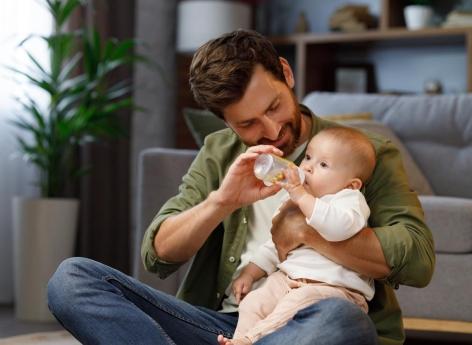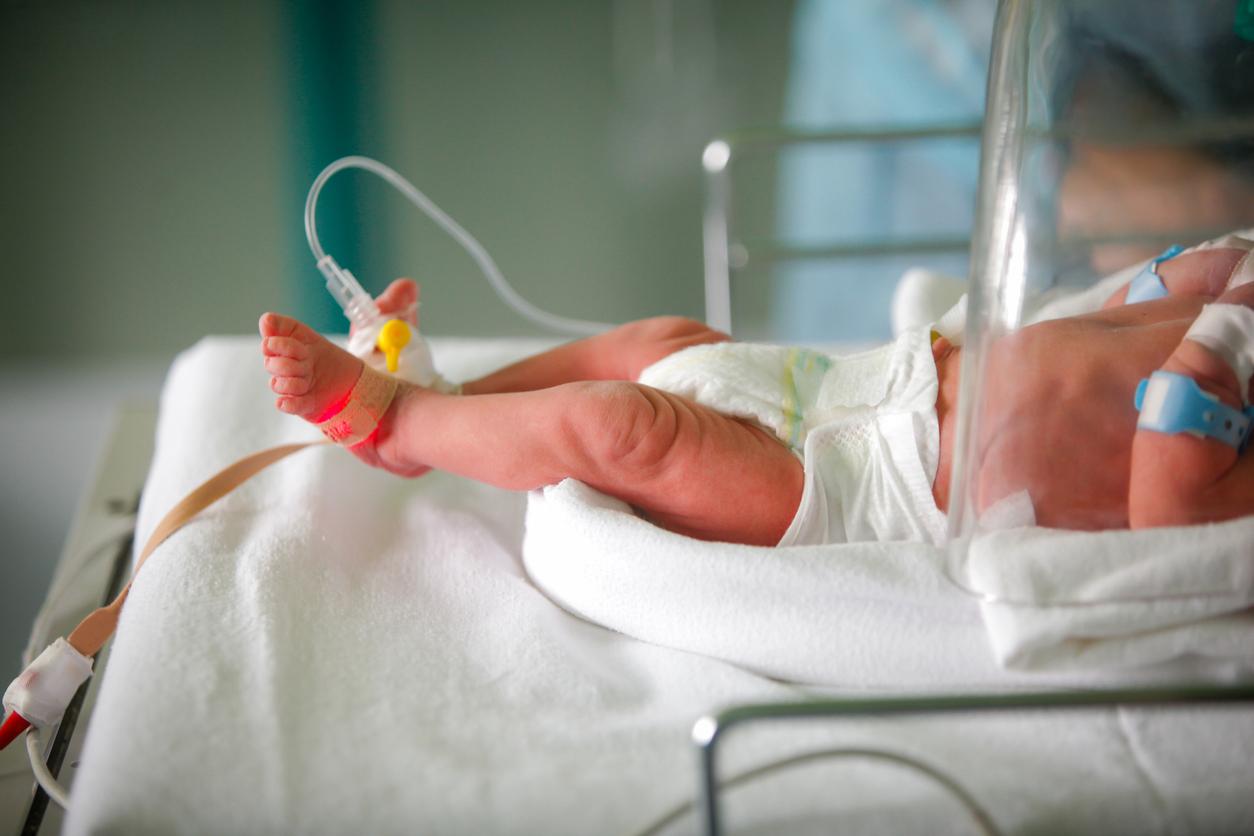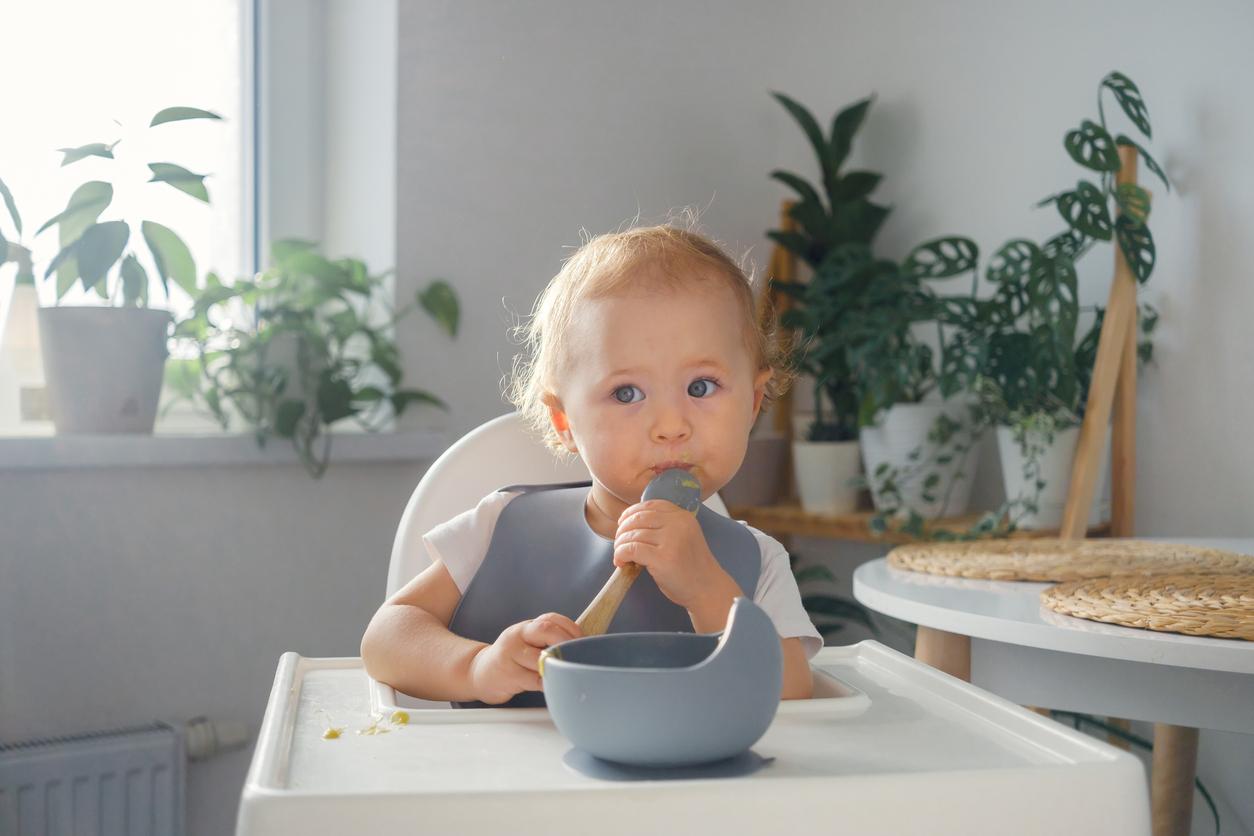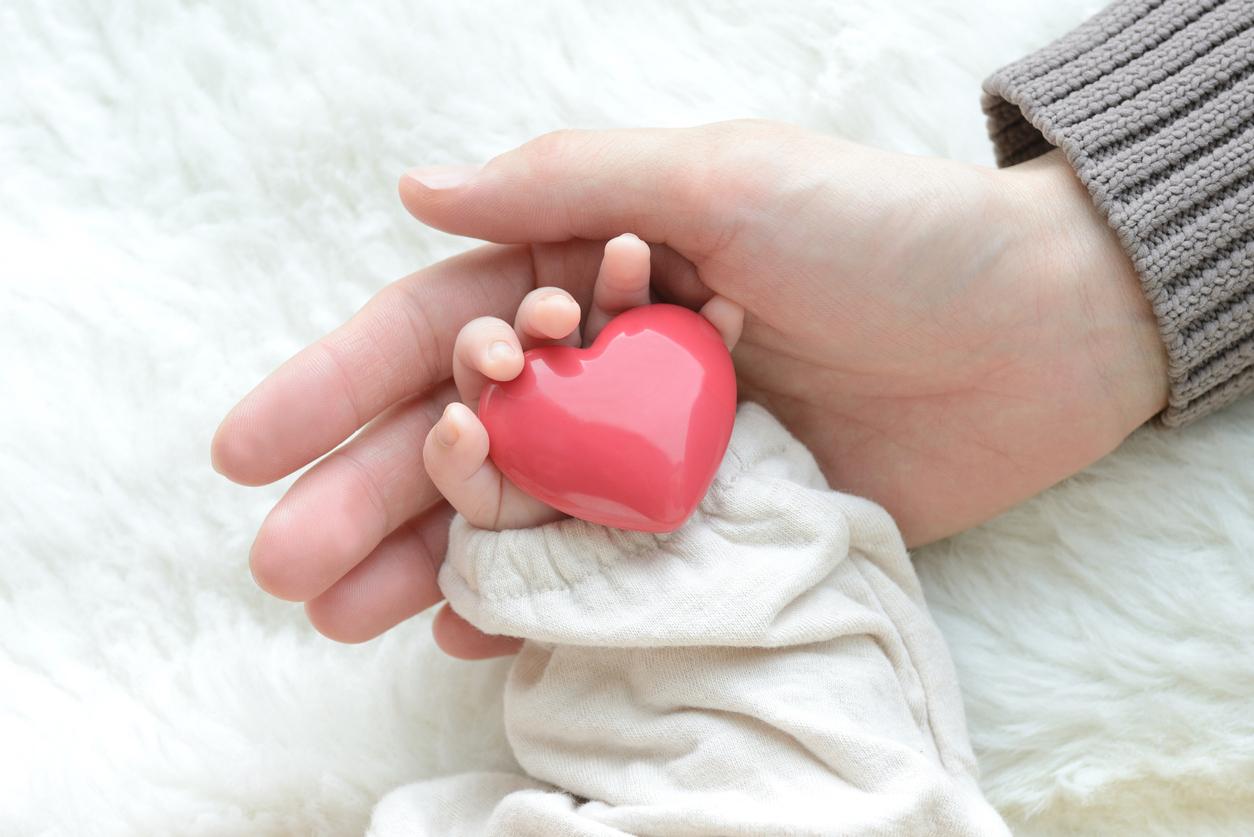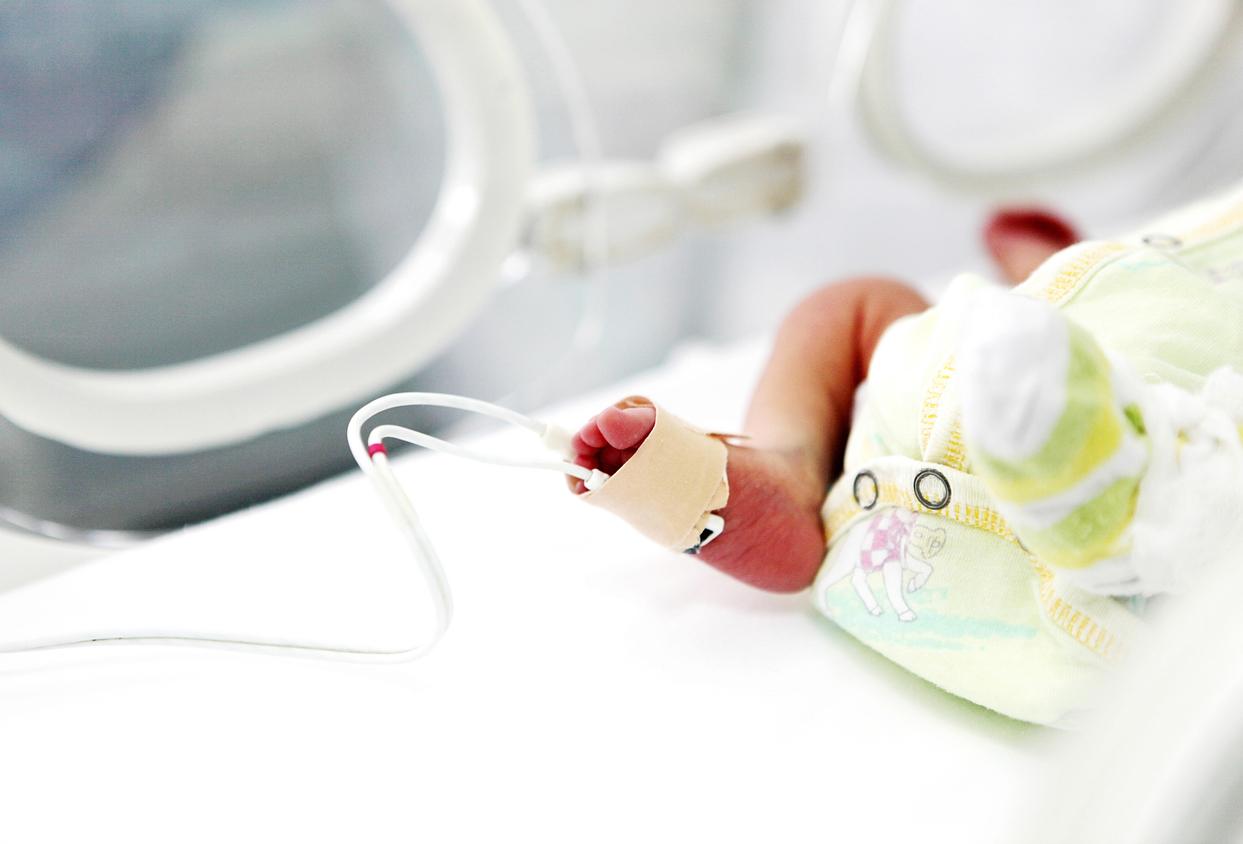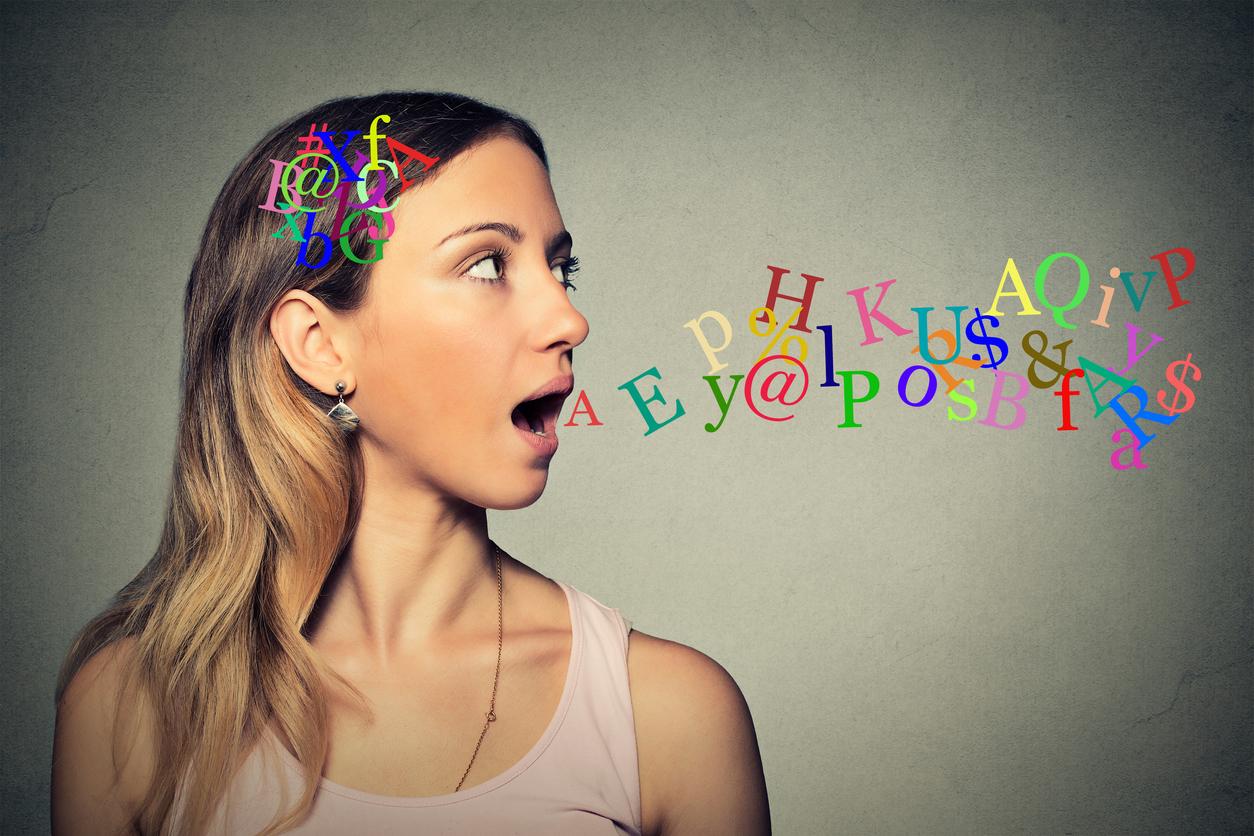Fatigue, hunger, dirty diaper, pain… Parents know it well: understanding your baby is not always easy. In this sense, the signs associated with speech can help to better understand what the little one wants. Isabelle Cottenceau, founder of the organization Eveil et Signes and author of several books on this practice, details how to properly use this tool to facilitate communication with your baby.
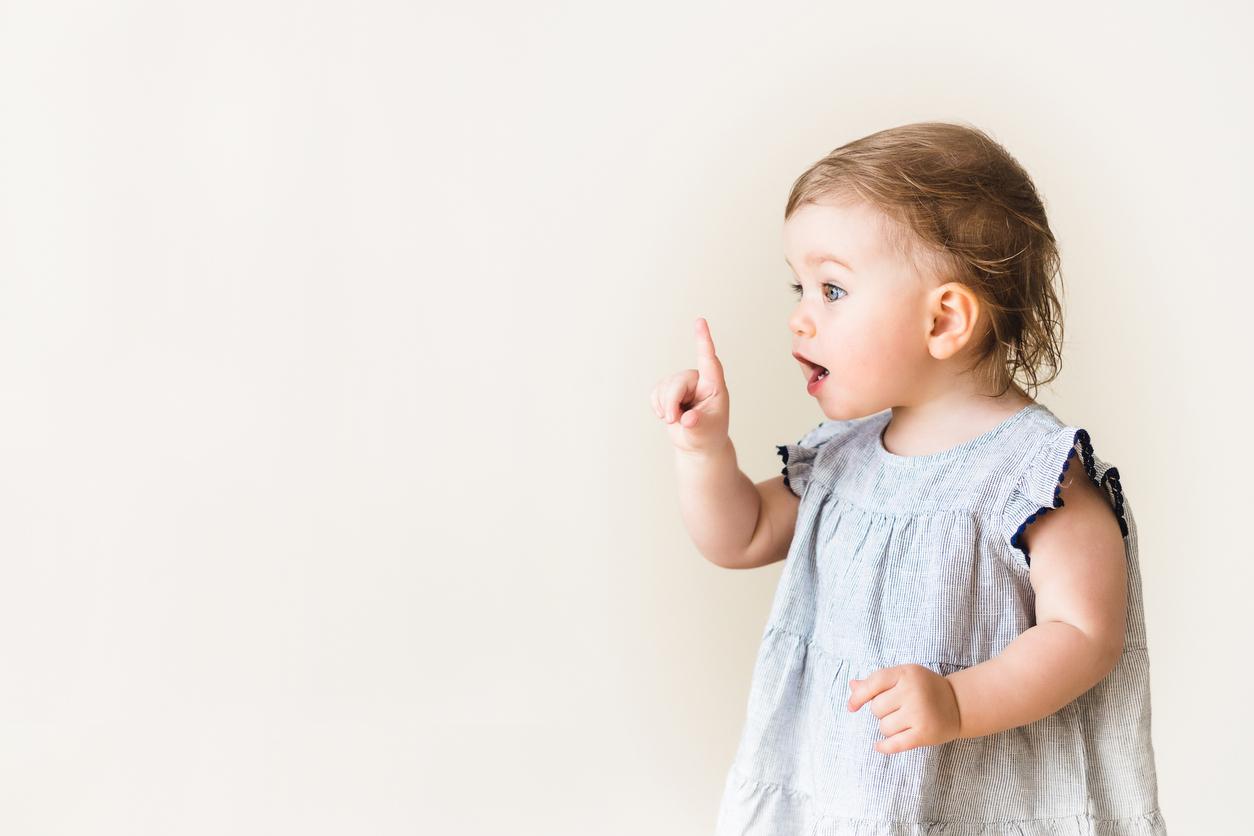
Why Doctor: What does practicing signs associated with speech with babies involve? Is this the same as teaching children sign language?
Isabelle Cottenceau : The signs we use with babies are taken from the sign language practiced by deaf people, but we only use vocabulary. We do not use the syntax and grammar specific to this language. It’s way too complicated for little ones, and this is not the objective of this tool.
Furthermore, we use oral language at the same time to communicate with the baby. The sign, from sign language, only underlines the key words. In reality, we do not teach babies sign language, but to communicate with us using certain signs. It is because he sees us using them at the same time as our sentences that he will, by observation, learn them.
We use signs in everyday life when we take care of him. What is important is verbalization and putting the sign on the word so that the child makes the connection on his own. For example, by telling him “here is your blanket”, we make the sign on a cuddly toy. So, the day he needs his blanket, he will make the sign.
Signs: “The parent can adjust their response to their child’s needs”
What are the benefits of practicing baby signs?
Often, when a baby cries, we don’t really know why. We then make assumptions. With signs, we give the child the opportunity to make themselves understood. If the child signs cuddly toy, we know that he is crying not because he is hungry, but because he wants his cuddly toy. Thanks to the signs, the parent can completely adjust their response to the child’s needs.
This allows you to better understand your child, but also to create a bond of trust. The baby knows that we are listening to him. And, finally, it is also the recognition of the little one as an individual in his or her own right.
Why can babies “sign” before speaking?
When he is very small, the baby does not have the opportunity to speak, because his speech system is not mature enough. On the other hand, his body has the capacity to express itself through non-verbal means such as facial expressions and gestures. He has natural dexterity. For example, babies are able to point when they want something, say goodbye with their hands, clap when they are happy… They intuitively already use gestures to say things. The principle with the signs associated with speech is to expand their vocabulary.
And at what age can you start using signs with babies?
I think it’s good to start from birth. That’s what I did with my own children, in fact. This already allows us adults to get used to making gestures while speaking. This also accustoms the child to looking at us with intensity. When he sees the movements, he is more interested in what we do and what we say. The sooner we do this, the sooner he will register the signs and be able to put them into practice.
Sign with baby: “No more than one sign is needed in the sentence”
What are your tips for practicing the signs associated with speaking with your baby?
Baby signs are above all a tool. It happens that some babies do not grasp it. And it doesn’t matter, because it still allows him to better understand what we say to him. So you don’t have to force it.
I also advise adopting the right posture when communicating with your child. This means that we cannot sign from far away or from our height. You have to put yourself at his level as much as possible, face him and look him in the eyes to be part of the exchange.
It is also essential to verbalize, because it is the basis of communication. He doesn’t learn to sign, he learns to speak above all, by looking at us and listening.
Of course, you also have to listen. That is to say, give him time to interact. Sometimes we tend to move very quickly. For example, we say “I’m going to give you your bottle” and we leave, without giving him time to validate.
Also, this may seem strange advice, but you shouldn’t sign too much, either. It’s counterproductive. For the child to grab the tool, no more than one sign is needed in the sentence. If we sign everything, it floods him with information.
How many signs can children learn?
The number of signs learned varies greatly. It varies from baby to baby. Some do not sign at all, others use two or three and finally some may know twenty or even thirty. You don’t have to be in a hurry. We must respect the child’s appetite and desire to communicate. We don’t go any further if he doesn’t want to.
What is also important to emphasize is that children almost never reproduce exactly the sign we make. They do not have the same dexterity as us, nor the same knowledge of their body diagram. For example, we say cake while slapping our fist twice on the cheek, many children do it by tapping themselves on the head. It’s not a big deal in itself, the important thing is that we understand it.
Do everyone around the baby have to sign?
Ideally, it would be nice if everyone around the child signed. But this is not an obligation. You should not do it reluctantly. The baby adapts. For example, if the mother is very involved in the signs and the father does not think about it. The baby will quickly understand that he can do this with mom and that it is another way of communicating with dad. You have to stay true to what you want to do and above all listen to yourself.
And the same, if we also sign at the nursery, with the nanny, with the grandparents, that’s great. But it doesn’t have to be, either.

“There is no reason why signing should cause a language delay.”
Can’t signing with your baby delay language learning?
If the practice of signs is done in the right way – that is, by not drowning the child in signs, by continuing to verbalize and by listening – there is no reason why this impacts language. It will even be quite the opposite: it will encourage him to communicate by signs, but also by words. Signs help him better understand and remember words. We also observe that these are babies who enter into oral language quite quickly.
I like to compare it to “4 legs” and walking. We don’t think that children who do “4 legs” will not learn to walk. A baby is not satisfied with that, he needs to stand up and go further. It’s the same thing between signs and speaking. He cannot be satisfied with 20 signs to express himself. The words therefore come very naturally. And usually, when the word is acquired, the sign disappears, as the child builds on his new skill. The baby sees clearly that in life not everyone signs, but on the other hand speaks.
Furthermore, when the child stops the signs and speaks, it is important that the adult also stops the signs. The objective of facilitating communication was achieved. There is therefore no point in continuing to use signs once it has become oral.
I see perhaps an exception: it is the vocabulary of emotions. This one can be kept for a long time in the child’s life. Indeed, when an emotion overwhelms him, it may be easier for him to express it with a sign than with words. For example, when he is angry and starts to behave aggressively, we can say to him: “I prefer that you express your anger with the sign rather than hitting”. The sign can remain an alternative when words are lacking.








